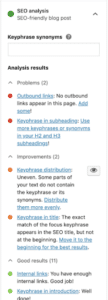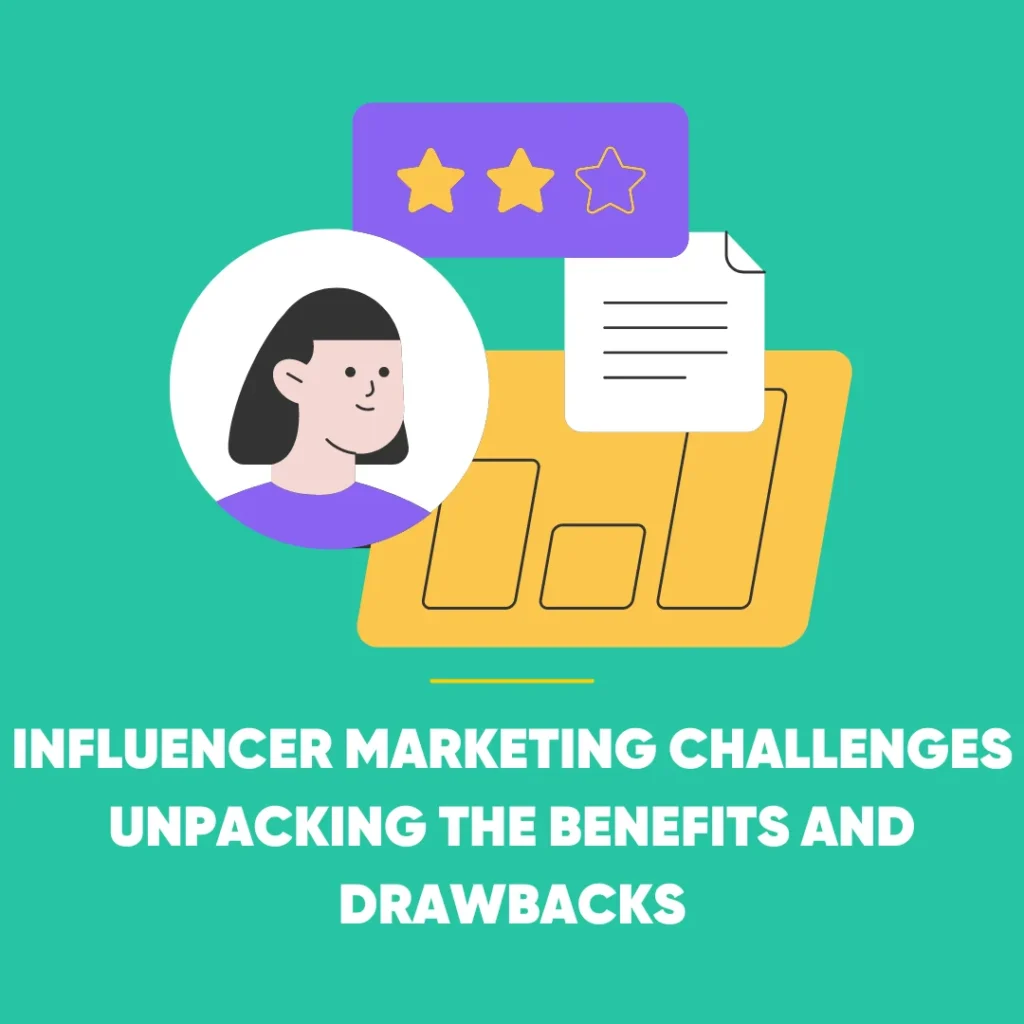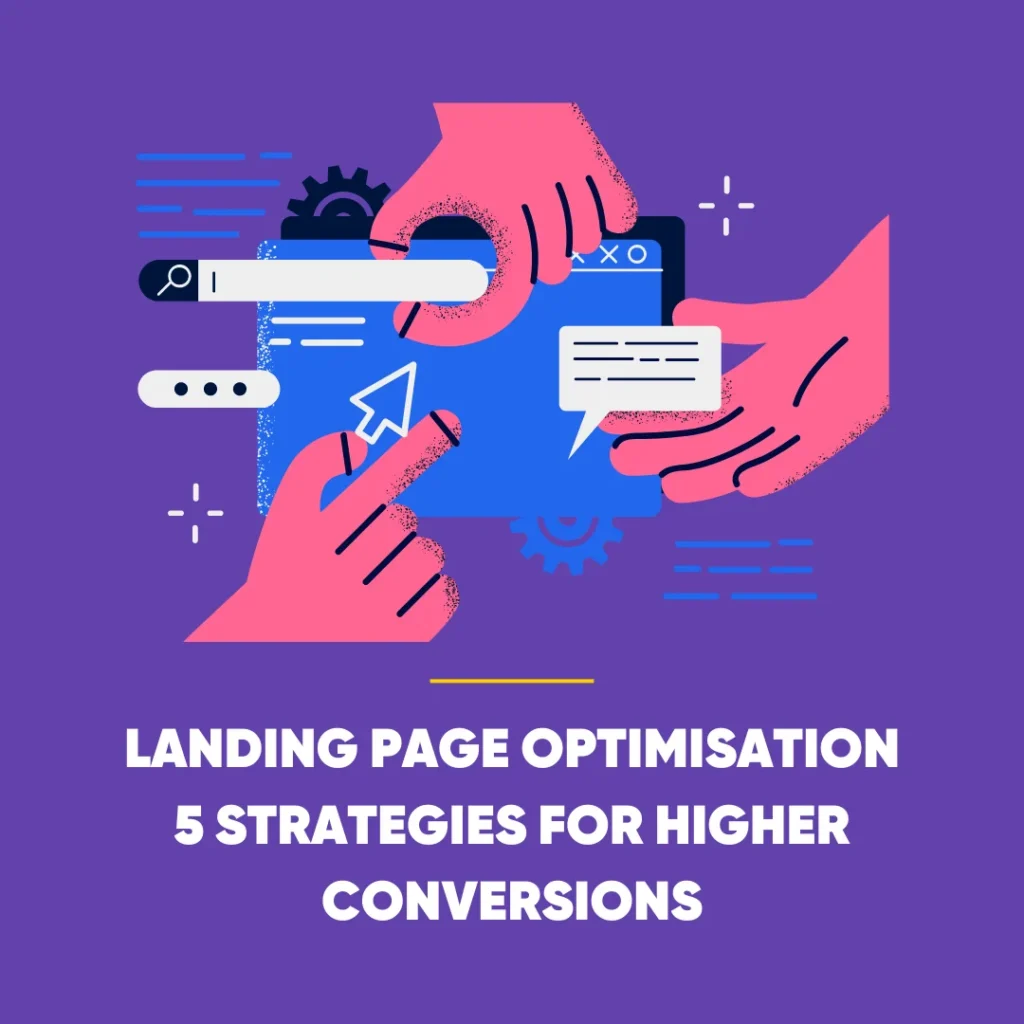Search Engine Optimisation SEO
Search Engine Optimisation is the process of taking steps to help a website or piece of content rank higher on Google. It is the practice of increasing both the quality and quantity of your website traffic.
But why is this important?
Well, it’s simple! SEO gives us Digital Marketers the opportunity to increase exposure to your brand through organic search, it builds trust and credibility, as well as is extremely cost-effective.
But that’s not it!
SEO also helps you understand the wants and needs of your audience, it heightens a better user experience, and local SEO improves engagement, traffic, and conversions.
So I guess you’re wondering, “how can I use SEO effectively within my own blog posts?”
Well, that’s easy! You just need to think about the structure of your content and keep it enjoyable.
If people like and understand your article, they will be much more inclined to share it with others. This in return will increase your rankings.
So if you want to improve your rankings, then improve your writing skills!
SEO TIPS
Here are some writing and SEO tips that we will go through to help with your SEO blog:
-
Keyword Research
-
Think before you write
-
Devise a structure for your post
-
Use paragraphs and headings
-
Use transition words
-
Use related keywords
-
Optimise the length of your article
-
Link to existing content
-
Let other people read your post
-
Add content regularly
-
Use our Yoast SEO plugin
I will break each tip down a little further. Let’s get started!
11 WRITING AND SEO TIPS
-
KEYWORD RESEARCH
Before you start writing, you have to do your keyword research. If you want to dominate the search results, you’ll have to figure out which words your audience actually searches for.
These are the topics you should write about, and these are the keywords you should use in your text.
When you’ve done your keyword research, and have a list of focus keywords to write about, it’s time to get writing.
Please be aware that over-using keywords severely hamper the readability of your text, which you definitely don’t want to do.
In fact, a high key phrase density can even be a signal to Google that you might be stuffing keywords in your text, and this can negatively affect your rankings.
-
THINK BEFORE YOU WRITE
When you start writing, you should think carefully about the message of your piece. Here’s a list of questions to think about to get you started:
-
What do you want to tell your readers?
-
Which central question do you want to answer?
-
What’s the purpose of your article?
-
What do you want your readers to do at the end of the page?
Once you have reflected on these questions, then write down your answers to these questions. This should be done first before you begin and think about the search intent someone may have.
However, when you’re ready then an easy way to get an insight into search intent is by looking at the search results for the search term you want to rank with.
-
DEVISE A STRUCTURE FOR YOUR POST
To write a readable and SEO-friendly blog post, you need to create a clear structure.
So I guess you’re wondering, “how do I create a clear structure?”
Well, it’s easy! Every post should have:
- An introduction (introduce your topic)
- The body (the main message is written)
- And a conclusion (in which you summarize the main ideas or draw a conclusion)
Let’s put this into practice now!
*TASK*: In a few sentences, write down what you want to say in all three sections.
You’ve now created a summary of your post. This will help you create a structured and readable blog post. Now the real writing can begin!
-
USE PARAGRAPHS AND HEADINGS
Everybody uses paragraphs, but not everybody uses them well.
So, how do you do it well?
Well, that’s easy! Don’t start each new sentence on a new line just because it looks nice. Also, try not to make your paragraphs too lengthy since each paragraph should have its own idea or subject.
So, ask yourself what the main idea of each paragraph is. You should be able to summarize your main idea in one sentence. If that’s not possible, and you need more sentences to explain the main idea then you should just use more paragraphs.
As well as this, proper headings help your readers understand what a specific part of your text is about. So, if you want people to find their way through your articles then use subheadings to lead them, help them scan your page, and clarify the structure of your articles. They’re not just important for readability, but for SEO as well.
That’s why I would also advise using your keyword in some of the subheadings. I do mean some of them, as using your keyword in every heading will make the text clunky and unnatural. This will only put people off reading further.
USE TRANSITION WORDS
Transition words help people scan through your text and understand the relationship between sentences and paragraphs.
For example, let’s say that there are three reasons for people to buy your product. You should use signal words like: ‘first of all’; ‘secondly’, and ‘finally’.
Also, words like ‘however’, ‘similarly’ and ‘for example’ give a clear signal to your readers. Readers will instantly get that a conclusion will follow after words like ‘to sum up’ or ‘in short’.
Transition words are therefore very important to add structure to your text.
Here’s a list of transition words to get you started:
-
Cause & Effect
Consequently, therefore, accordingly, as a result, because, for this reason, hence, thus, in effect.
-
Sequence
Furthermore, in addition, moreover, first, second, third, finally, again, also, besides, further, in the first place, last, likewise, next, then, too.
-
Conclusion
Generally speaking, after all, in fact, to sum up, as shown above, in conclusion, in short, in brief, in essence, overall.
-
Time
At the present time, sooner or later, from time to time, in due time, henceforth, meanwhile, in time, until, shortly, suddenly
-
Examples
In other words, as an illustration, in this case, for this reason, in general, notably, including, for example, to demonstrate, for instance
Use these words throughout your blog posts, and watch your writing come to life!
USE RELATED KEYWORDS
Stuffing your article with your focus keyword makes it less attractive to read, and it can also hurt your rankings. Google is getting smarter, and it wants you to write content that users will love. It doesn’t want you to use your focus keyword in every other sentence.
One of the ways that Google understands the topic of your text is by recognizing synonyms and other keywords that are related to your focus keyphrase. That’s why you should use synonyms and related keywords throughout your copy.
Synonyms are relatively easy to think of, but thinking of the right related keywords is a bit more challenging. That’s why we’ve introduced a new feature in our plugin that helps you find related key phrases right away.
Based on your focus keyword, our plugin can generate a number of related key phrases with the click of a button! Along with how many times that keyword is searched for and what the search trend looks like. This feature is powered by SEMrush and can be used in both our free and premium plugins.
So use this related key phrase feature!
OPTIMISE THE LENGTH OF YOUR ARTICLE
Make sure your blog posts have a minimum of 300 words but keep the length of your article balanced.
Google likes long articles, but if your article is too long then it could scare users away. So, I would advise to only write long articles when you know you have mastered your writing skills.
This is simply because it’s asking a lot of your visitors to read your entire post when it’s lengthy, unclear, and disengaging.
Check out this article if you’re not quite sure how long a blog post should be. Moreover, remember to keep using your focus key phrase throughout your text to make sure you end up with an SEO-friendly blog post!
LINK TO EXISTING CONTENT
If you’ve already written content on the same topic as your current post, don’t forget to link to and from these posts. It will make your new blog post, and the existing posts, stronger because you’re showing authority on the subject.
As well as this, your link structure is important for your rankings in Google, and let’s not forget that linking to other content about a subject is great for your readers. This is because they may be interested in reading these related posts too.
We call this internal linking, and both your readers and Google will thank you for it. It helps them manage your content and understand relationships between different content on your site, so take some time to link to and from your previous content. Our internal linking tool can help you by suggesting relevant pages and posts on your site that you can link to.
LET OTHER PEOPLE READ YOUR POST
Before publishing your post, make sure to let someone else read it first.
Ask them whether they understand the main concept of your post, and invite them to correct any typos and grammatical errors. This can help you by providing an objective view of the readability and attractiveness of your text.
So, if you have someone in your team who happens to be an expert in the topic you’re writing about then make sure to run your post past them. That way they can check whether you’re covering everything you need to, and so they can give suggestions to make your post even better.
ADD CONTENT REGULARLY
Regularly adding new blog posts to your website tells Google that your website is alive. This is important because if your site isn’t active then Google will crawl it less often and this might negatively affect your rankings.
However, don’t just post for the sake of posting. Make sure that everything you post is high-quality content. Typically this means that your article is informative, well-written, entertaining for your readers, and fits your search intent.
If you have difficulty posting on a regular basis then it might be a good idea to create an editorial calendar for your blog. This will allow you to structure this process in a way that fits you and your team.
USE OUR YOAST SEO PLUGIN
The analysis tool in our Yoast SEO plugin helps you write readable and SEO-friendly blog posts. Start by choosing the most important search term you want people to find this particular page for. This is your focus key phrase, and after you should fill this in our plugin. Our plugin runs all kinds of checks to see whether your post is optimized or still needs improving. These include:
-
Our plugin checks your post to see whether you’ve used the key phrase in the right places.
This could be: your copy, title, meta description, alt text and URL.
Also, Yoast SEO Premium also recognizes different word forms of your key phrase.
-
Our plugin gives you suggestions for related key phrases that you can add
This will boost the quality and relevance of your content.
-
Our plugin checks the readability of your text
So, this covers whether your sentences or paragraphs are too long. Or if you’re using transition words. Hany, right?
-
Our plugin checks the internal and external links in your article.
Yoast SEO Premium even provides suggestions for links to related articles on your site.
-
Our plugin calculates how often you use your key phrase throughout your text
This will assess whether you’re using your keywords not enough or too often.
As well as this, when you have Premium it also checks if you’ve distributed your key phrase evenly throughout your post.
-
Our plugin also checks if other pages on your website use the same focus keyword
This prevents you from competing with yourself.
Overall, if you write a relatively SEO-friendly blog post (based on the aspects discussed above), then the plugin will indicate this with a green bullet.
Posts and pages with green bullets will help you improve the ranking of the pages on your website.
Note: Not every dot has to be green for the overall SEO score to be good. For instance, these are the results of this post, which does have an overall green bullet for our focus key phrase “SEO-friendly blog post”:

Pretty cool plugin, right?
When you use the Yoast SEO plugin, you’ll find this feedback in the Yoast SEO sidebar next to your post and in the Yoast meta-box under your post (whilst editing).
If you’re interested in learning more about all the aspects, then read our article on how to use the Yoast SEO content analysis tool.
CONCLUSION
The days when a few SEO tricks were enough to get your website to rank well in Google are long gone. Nowadays, quality content is king and great content also leads to more links, shares, tweets and returning visitors to your website. Of course, there are always other things you can do to maximize the SEO friendliness of your post, but the most important thing is to just write very, very good posts! If you’re still not sure whether your blog post is ready to publish, then take a look at this checklist for your blog post to make sure you’re good to go!
Congratulations! You have successfully learnt the ultimate guide on how to write an SEO friendly blog post. Now you can share your new-found writing techniques with your family, friends, and business community. Keep learning how to be engaging, creative, and SEO friendly. Remember, we want to see your progress so make sure to tag us!










